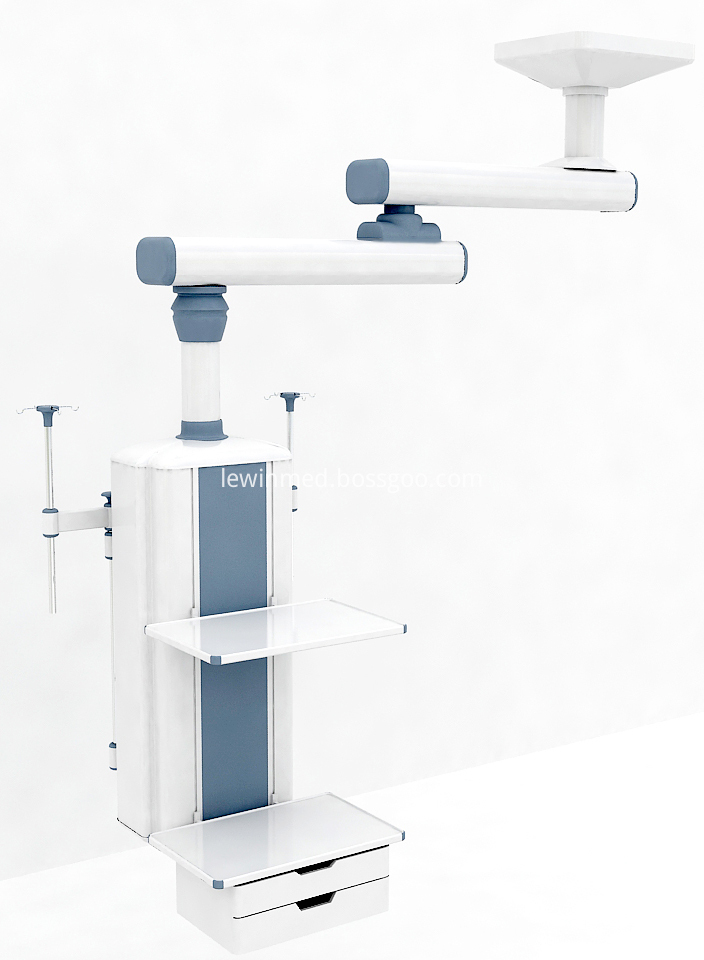Scientific name Melanaphis sacchari (Zehntner) Synonyms Longiunguis sacchari (Zehntner) Homoptera, Amaranthidae. Alias ​​sugar cane, sugarcane scutellaria. The common name is honeyworm, tired insects, and oily sweat. The distribution of north, east and south directions is basically to the border line, and it is limited to Gansu in the west, which is folded into Sichuan and Yunnan.
The hosts in northeast China and north China are sorghum, and the hosts in central and southern China are sugarcane.
Most of the damages are caused by enthalpies, and if they accumulate on the back of the sorghum leaf, they spread upward from the lower leaf and suck the sap, discharge a lot of honeydew, dripping on the stems and leaves, shining brightly, causing massive consumption of host nutrients, affecting photosynthesis and product quality. The light leaves become red, the heavy leaves are dry, the ears are not true or can not be headed, resulting in serious reduction or no harvest. The sorghum mainly parasitizes on the back of the host leaf and expands from below to above, mainly damaging the sorghum. The corn borer mainly parasitizes in the heart leaves or ears, in addition to damage sorghum, but also damage corn, millet, wheat and other gramineous plants.
Morphological features are divided into two generations of sexual generation and isolated female births. The females of the former are wingless, smaller, spawning after copulation with males and females, and are also known as wingless spawning females. The males have wings and are smaller. They feel more holes in their tentacles and act quickly. The northeastern region has appeared in large numbers after September. Eggs are oval in shape, early yellow, later green to black, shiny. Orphan females born to generations of wingless females have long oval eggs, beige to light red, antennae slender 6 sections, equal to or slightly longer than body length 1/2, compound eye large, brown red. In the center of the abdomen and the abdomen, there are 3 to 6 nodes in the county, with large rectangular spots, brown tubes and cylindrical tubes. The tail piece is conical, blunt, and slightly thicker in the middle. The mouthparts are black in 4 knots and the longest in the distal segment. The winged orphaned mother has a long, ovate, yellowish-yellow, dark grayish purple ossification. The back of the abdomen has a back section with 1 dark horizontal band, and each side of the 2-4 midline of the back has a dark vertical band, which is sometimes unclear. The antennae are 6 knots, which is about 2/3 of the body length. On the 3rd segment, there are 8-12 circular secondary sensory holes.
Living habits Jilin Gongzhuling 16th generation, Shenyang 19-20 generations. The wintering of the eggs on the grass sheath or leaf back. In the middle and late April of the following year, when the surface air temperature is higher than 10°C, the overwintering eggs are hatched as dry mothers, crawling along the rhizosphere earth seams until the grass roots are damaged, buds are propagated after 1-2 generations, and in late May to 6 After the emergence of the sorghum in the early part of the month, it began to produce females with winged fetuses and moved to the sorghum. It gradually spread to all fields. In the middle or late July, the damage was serious. After entering early September, as the temperature drops and the host ages, the winged plover moves back to the grazing land, producing wingless spawning females. At the same time, it produces winged hawksbills on the summer hosts and flies to the grazing land. Wingless egg-laying females spawn over winter after mating. Sorghum has strong fertility. Each wingless female embryo can produce 70-80 head lice, up to 180 for a long time, 3-5 days in summer to breed a generation. Its degree of occurrence is closely related to the climate and natural enemies of the year. When the atmospheric drought from June to August, the temperature of 24-28 °C, the average relative humidity of 60% -70% in the end of the summer, the rainfall is less than 20mm in ten days. Before the sorghum is unsealed, the rainfall in the ten days is higher than 50mm, the relative humidity is higher than 75%, and the low temperature will inhibit the occurrence and spread of sorghum. Common natural enemies include ladybugs, flies, grasshoppers, and bees.
Control methods (1) Agricultural control. The use of sorghum and soybean 6:2 cultivation methods can significantly reduce the occurrence and damage of sorghum. In winter wheat region, sorghum can be interplanted in winter wheat, and the natural enemies of locusts in wheat fields can be used to control sorghum. The effect is significant. (2) Grasp the sorghum stalk with 40% omethoate emulsified oil in a timely manner in the stage of sorghum spotting. When the field locust strain rate is 30% - 40%, when the emergence of oil strains, use 40% Dimethoate EC 50ml per 667m2, dilute the appropriate amount of water, spray mixed fine dry soil 10kg, withdraw from the plant leaves; also available 50 % Isopropyl Phosphate EC 50ml mixed wet fine soil 10kg, every 5-6 ridge application 1 ridge, the effect is significant. (3) Spray 40% Dimethoate EC or 40% omethoate EC 1500 times or 2.5% deltamethrin EC, 20% cypermethrin EC 3000x, and 50% anti-CPW wettable Powder 9000 times liquid. (4) Evacuate 1.5% dimethoate powder or 1.5% methyl 1605 powder, 2kg per 667m2.
Lewin medical double arms manual Surgical Pendant is necessary equipment for modern operation rooms and ICU sickrooms. It has the function of horizontal. Swivel arm by a highstrength aluminum alloy extrusion molding has high carrying capacity and streamline shape. With the pneumatic brake and damper device, drifting is successfully prevented.

Double Arm Manual Surgical Pendant
Double Arm Manual Surgical Pendant,Double Arm Anesthesia Pendant,Double Arm Hospital Pendant,Double Arm Medical Gas Pendant
Shandong Lewin Medical Equipment Co., Ltd. , https://www.lewinmed.com